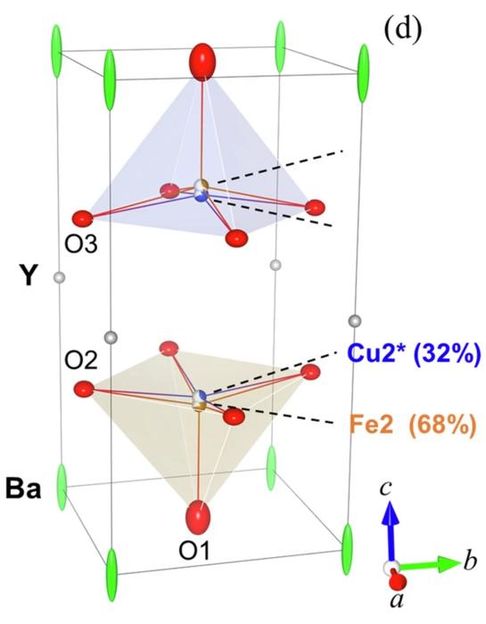The Big Quantum Chill: NIST Scientists Modify Common Lab Refrigerator to Cool Faster With Less Energy
The time and energy required to chill materials to temperatures near absolute zero has been dramatically reduced
By modifying a refrigerator commonly used in both research and industry, researchers at the National Institute of Standards and Technology (NIST) have drastically reduced the time and energy required to cool materials to within a few degrees above absolute zero. The scientists say that their prototype device, which they are now working to commercialize with an industrial partner, could annually save an estimated 27 million watts of power, $30 million in global electricity consumption and enough cooling water to fill 5,000 Olympic swimming pools.

Symbolic image
Computer-generated image
From stabilizing qubits (the basic unit of information in a quantum computer) to maintaining the superconducting properties of materials and keeping NASA’s James Webb Space Telescope cool enough to observe the heavens, ultracold refrigeration is essential to the operation of many devices and sensors. For decades, the pulse tube refrigerator (PTR) has been the workhorse device for achieving temperatures as cold as the vacuum of outer space.
These refrigerators cyclically compress (heat) and expand (cool) high pressure helium gas to achieve the “Big Chill,” broadly analogous to the way a household refrigerator uses the transformation of freon from liquid to vapor to remove heat. For more than 40 years, the PTR has proven its reliability, but it is also power-hungry, consuming more electricity than any other component of an ultralow temperature experiment.
When NIST researcher Ryan Snodgrass and his colleagues took a closer look at the refrigerator, they found that manufacturers had built the device to be energy efficient only at its final operating temperature of 4 kelvin (K), or 4 degrees above absolute zero. The team found that these refrigerators are extremely inefficient at higher temperatures — a big issue because the cooldown process begins at room temperature.
During a series of experiments, Snodgrass, along with NIST scientists Joel Ullom, Vincent Kotsubo and Scott Backhaus, discovered that at room temperature, the helium gas was under such high pressure that some of it was shunted through a relief valve instead of being used for cooling. By changing the mechanical connections between the compressor and the refrigerator, the team ensured that none of the helium would be wasted, greatly improving the efficiency of the refrigerator.
In particular, the researchers continually adjusted a series of valves that control the amount of helium gas flowing from the compressor to the refrigerator. The scientists found that if they allowed the valves to have a larger opening at room temperature and then gradually closed them as cooling proceeded, they could reduce the cooldown time to between one half and one quarter of what it is now. Currently, scientists must wait a day or more for new quantum circuits to be cold enough to test. Since the progress of scientific research can be limited by the time it takes to reach cryogenic temperatures, the faster cooldown provided by this technology could broadly impact many fields, including quantum computing and other areas of quantum research. The technology developed by the NIST team could also allow scientists to replace large pulse tube refrigerators with much smaller ones, which require less supporting infrastructure, Snodgrass said.
The need for these refrigerators will greatly expand as research on quantum computing, along with its reliance on cryogenic technology, continues to grow. The modified PTR would then save a much greater amount of money, electrical energy and cooling water. In addition to supporting a burgeoning quantum economy, the device would also expedite research because scientists would no longer have to wait days or weeks for qubits and other quantum components to cool.




















































